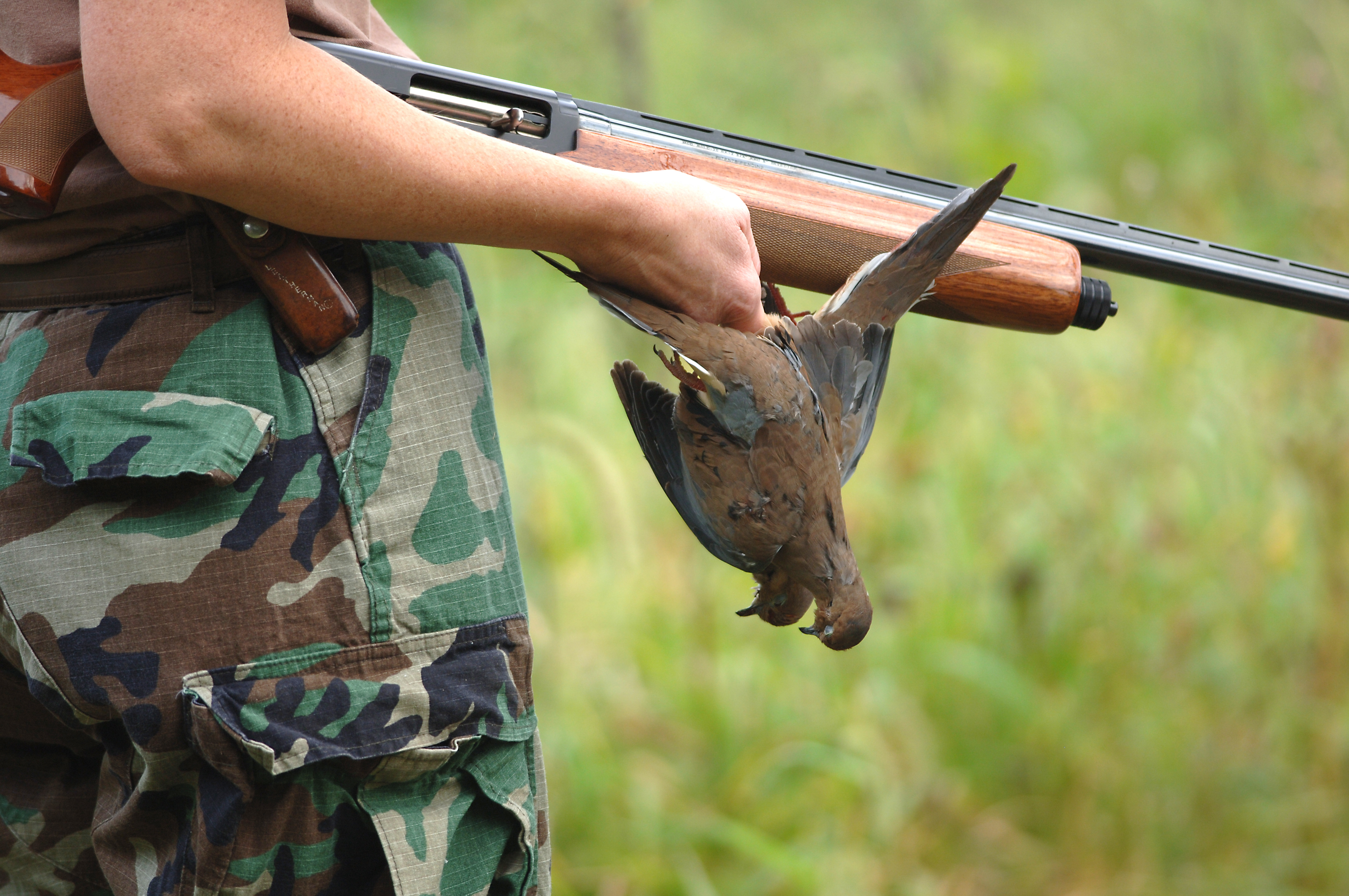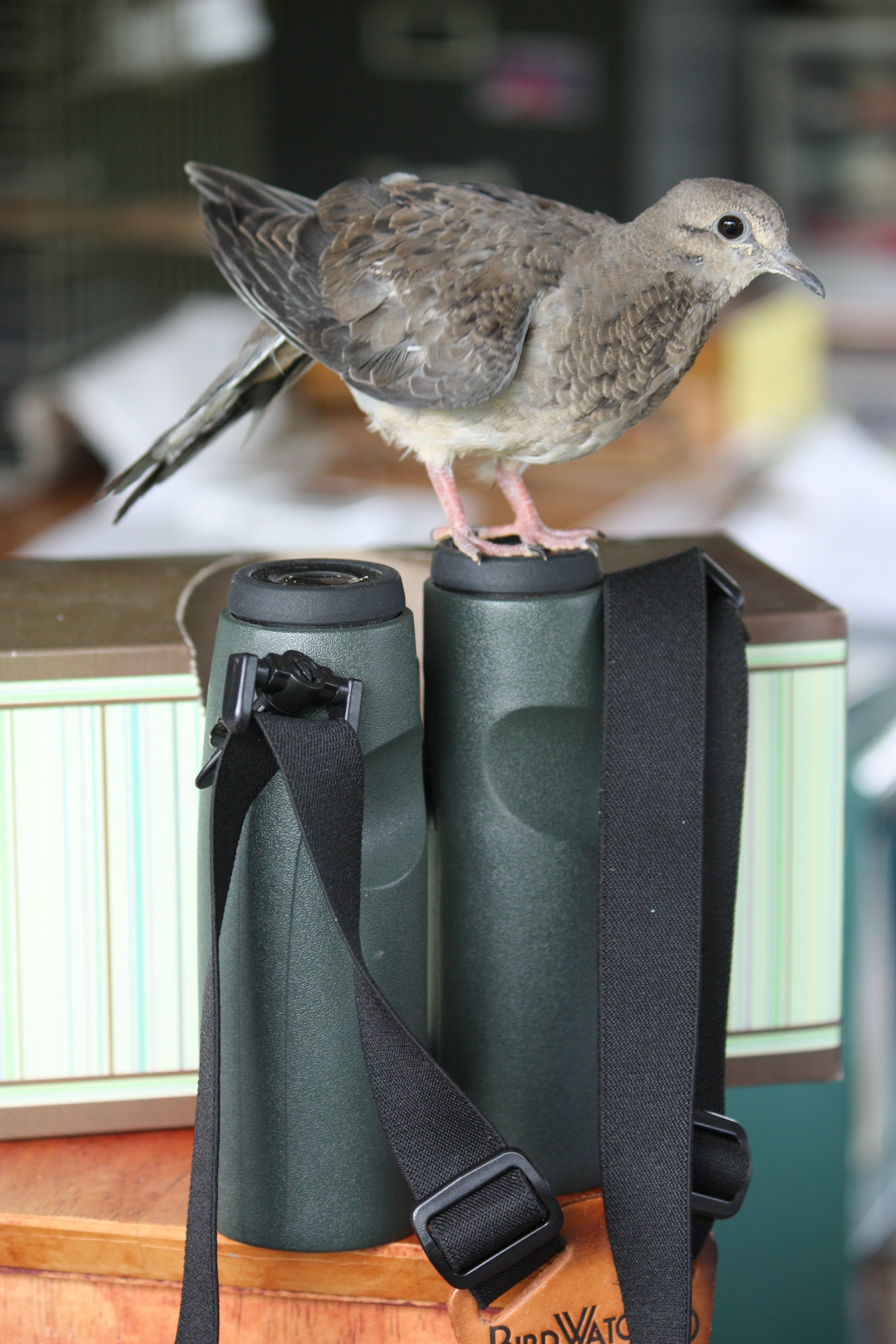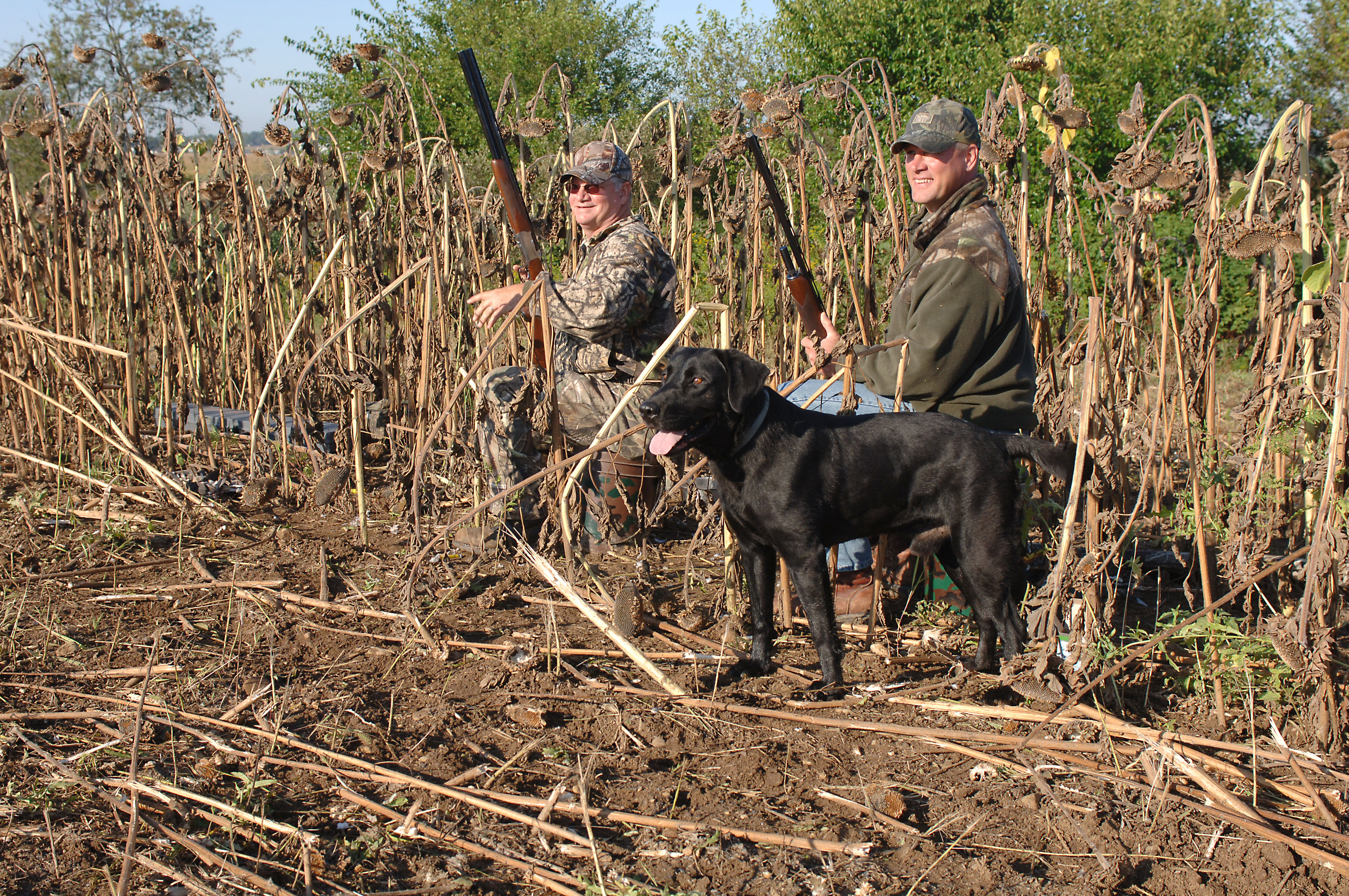
People have been squabbling about dove hunting in Ohio for more than 50 years. But since the controversial practice was approved by voters in 1998, it has been increasing in popularity—especially in rural areas.
As early as 1963, the Ohio Legislature tried to reclassify the mourning dove as a game species, legalizing dove hunting, but all attempts have been thwarted without majority support. Then the Ohio Department of Wildlife joined the fray, establishing the state’s first dove hunting season in 80 years—only to have a court order take it away a couple of years later. Finally in 1994 the Ohio General Assembly passed a house bill to allow dove hunting. But anti-hunting groups collected more than 100,000 signatures on a petition to make dove hunting a ballot issue in November 1998. 60 percent of voters cast ballots to allow mourning dove hunting, settling the battle between activists and hunters.
Those who hunt mourning doves enjoy it for its simplicity. “There is nothing real sophisticated to it,” Belmont County Game Warden Brian Baker says. Baker, who is both the game warden and a dove hunter, says one of the most challenging parts of dove hunting is finding a good spot to hunt, which “requires a little scouting.”
Julie Zickefoose, a naturalist, author and artist who opposes dove hunting, objects to the practice because there’s little meat provided by slain doves. “I always felt that hunting doves has a little more to do with target practice than food,” Zickefoose says. “I just don’t think that the mourning dove is much of a game bird. It just doesn’t have much meat on it.”
There are many regulations governing mourning dove hunting. According to the Ohio Department of Natural Resources Division of Wildlife, because the mourning dove is a migratory bird, a bird that travels with the seasons, mourning dove hunting is regulated by the Migratory Bird Treaty Act. Goose and duck hunting are also regulated under this act.
One national regulation is that hunters can only use shotguns that hold three or fewer shells. The other major regulation is that hunters cannot hunt on a baited field. Federal regulators define baiting as placing on lands unschucked corn, wheat or other types of food the migratory birds feed on to lure doves. Hunters get an unfair advantage if doves are feeding on deposited foods: they’re easy targets. However, hunters can hunt fields on which items were previously scattered for agricultural purposes.
Though the rules and regulations for dove hunting start at the national level, states can develop their own guidelines. States cannot loosen guidelines but can make them stricter. Ohio, for example, also prohibits the shooting of doves from wires, buildings and utility poles.
Each year, the U.S. Fish and Wildlife Service estimates how many doves are in the U.S. and then it develops dove hunting protocol for the season to ensure that population maintains stability.
Though some against dove hunting fear that the dove population will decline and the species will become extinct, experts say that hunting doves has little to no effect on the population. “The population has been stable for decades,” Olentangy Research Station Project Leader and Supervisor of Wildlife at the Olentangy Research Station, Nathan Stricker, says. “We only harvest about 5 percent of the population in any given year.” Doves usually live for just two years. However, they typically lay three eggs each time they nest. Stricker says the high rate of turnover is why the dove population is not endangered by hunting. “Doves have a high reproductive rate and this helps keep the population stable,” Stricker says.
Baker, the game warden, said he agrees dove hunting does not affect the population of doves. “The effect on the population would be almost nil, especially in Ohio,” Baker says. According to the U.S. Fish and Wildlife Service, in the past ten years—during which dove hunting was legal in the state—there has not been a statistically significant change in state dove population.
Others who opposed the legalization of dove hunting were vegetarians who stood in principle against eating meat. But Zickefoose, who lives on a nature reserve in Appalachian Ohio and is regarded as a national expert in birding and natural history, also objects to dove hunters putting other birds in harm’s way. She says her concern is that hunters may not be able to tell whether they are actually shooting at a dove. “They are very, very fast flyers and they can look like a lot of different things on the wing,” Zickefoose says. “They are sort of shape-shifters.” She believes that other birds, such as robins and jades, could be misidentified by an inexperienced hunter and become victims of collateral kill.
Dove hunting is more popular in southern states because there is more seasonal stability in the south. With Ohio’s four seasons and eccentric weather, dove hunting is hindered by the elements. Baker says the prevalence of doves in any given hunting season depends on the weather. “During the first part of the season [Sept. 1-Nov. 9], they are abundant as we usually get a push of them while the weather is warm,” Baker says. Baker emphasized how cold fronts affect the dove’s migration—a cold front from the northwest part of the U.S. in the second part of the season, from Dec. 13 to Jan. 1, usually pushes more birds eastward.
ODNR is trying to promote dove hunting to increase its popularity. The department holds controlled hunts in wildlife areas, such as Rush Run in southwestern Ohio and Salt Fork State Park east of Zanesville, to help hunters become acclimated and gain experience with dove hunting. These controlled hunts allow beginners to develop their skills and help more seasoned hunters practice their aim.
Attempts to gain traction may reverse a decline in popularity in dove hunting in Ohio. From 2011 to 2012, U.S. Fish and Wildlife statistics estimate that active dove hunters in Ohio dropped from 14,200 to 8,600. Dove hunting’s best chance of survival in Ohio may be nested in the activity’s relative ease and low barrier of entry. “The equipment is very simple,” Baker says. “A chair, a gun, some shotgun shells and a little bit of scouting can put you on a pretty good dove hunt.”

